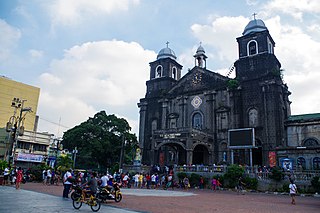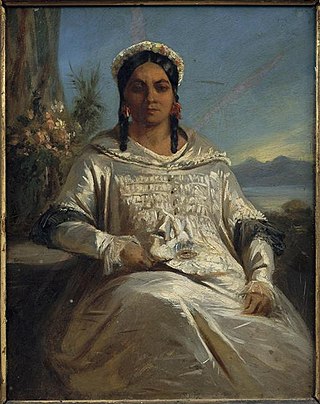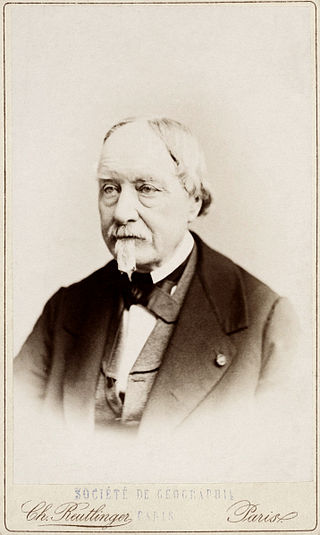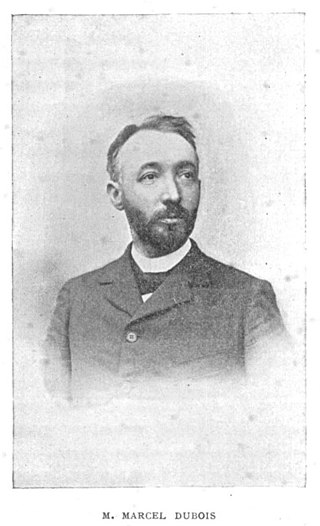
Miguel López de Legazpi, also known as El Adelantado and El Viejo, was a Spanish conquistador who financed and led an expedition to conquer the Philippine islands in the mid-16th century. He was joined by Guido de Lavezares, relative Martin de Goiti, friar Andrés de Urdaneta, and his grandsons Juan and Felipe de Salcedo, in the expedition. Legazpi established the first Spanish settlement in the East Indies after his expedition crossed the Pacific Ocean, arriving in Cebu in 1565. He became the first Governor-General of the Spanish East Indies, which was administered from New Spain for the Spanish crown. It also encompassed other Pacific islands, namely Guam, the Mariana Islands, Palau, and the Carolinas. After obtaining peace with various indigenous tribes and kingdoms, he made Cebu City the capital of the Spanish East Indies in 1565 and later transferred to Manila in 1571. The capital city of the province of Albay bears his name.

Tondo is a district located in Manila, Philippines. It is the largest, in terms of area and population, of Manila's sixteen districts, with a census-estimated 654,220 people in 2020. It consists of two congressional districts. It is also the second most densely populated district in the city.

Pōmare IV, more properly ʻAimata Pōmare IV Vahine-o-Punuateraʻitua, was the Queen of Tahiti between 1827 and 1877. She was the fourth monarch of the Kingdom of Tahiti.

Datu is a title which denotes the rulers of numerous Indigenous peoples throughout the Philippine archipelago. The title is still used today, though not as much as early Philippine history. It is a cognate of ratu in several other Austronesian languages.
The Kapampangan people, Pampangueños or Pampangos, are the sixth largest ethnolinguistic group in the Philippines, numbering about 2,784,526 in 2010. They live mainly in the provinces of Pampanga, Bataan and Tarlac, as well as Bulacan, Nueva Ecija and Zambales.

As part of the worldwide Catholic Church, the Catholic Church in the Philippines, or the Filipino Catholic Church, is under the spiritual direction of the Pope. The Philippines is one of the two nations in Asia having a substantial portion of the population professing the Catholic faith, along with East Timor, and has the third largest Catholic population in the world after Brazil and Mexico. The episcopal conference responsible in governing the faith is the Catholic Bishops' Conference of the Philippines (CBCP).

The Province of the Most Holy Name of Jesus of the Philippines(Spanish: Provincia Agustiniana del Santísimo Nombre de Jesús de Filipinas) was a geographical and administrative subdivision of the religious Order of St. Augustine that was formally affiliated to the Order on March 7, 1575, to originally cater the needs of the growing Augustinian presence in Philippines who were serving Filipinos in more than 300 towns in the 16th century. The Province later on expanded its presence in East Asia, Africa and the Americas in the 20th century to help build and serve more communities. It was considered to be the largest province in the whole Augustinian Order, with more than 300 affiliated Augustinian friars working in The Philippines, Spain, Tanzania, India, Venezuela, Peru, Costa Rica, El Salvador, Honduras, and China, according to a 2018 statistic from the Province.

The Captaincy General of the Philippines was an administrative district of the Spanish Empire in Southeast Asia governed by a governor-general as a dependency of the Viceroyalty of New Spain based in Mexico City until Mexican independence when it was transferred directly to Madrid.
The Recollects were a French reform branch of the Friars Minor, a Franciscan order. Denoted by their gray habits and pointed hoods, the Recollects took vows of poverty and devoted their lives to prayer, penance, and spiritual reflection. Today, they are best known for their presence as missionaries in various parts of the world, most notably in early Canada.

William McGuckin, known as Baron de Slane was an Irish orientalist. He became a French national on 31 December 1838. and held the post of the Principal Interpreter of Arabic of the French Army from 1 September 1846 until his retirement on 28 March 1872. He is known for publishing and translating a number of important medieval Arabic texts.

The principalía or noble class was the ruling and usually educated upper class in the pueblos of Spanish Philippines, comprising the gobernadorcillo, tenientes de justicia, and the cabezas de barangay who governed the districts. Also included in this class were former gobernadorcillos or municipal captains, and municipal lieutenants in good standing during their term of office.
The abbé Antoine Banier, a French clergyman and member of the Académie des Inscriptions et Belles-Lettres from 1713, was a historian and translator, whose rationalizing interpretation of Greek mythology was widely accepted until the mid-nineteenth century.

Nassarius albescens, common name : the whitish nassa, is a species of sea snail, a marine gastropod mollusc in the family Nassariidae, the Nassa mud snails or dog whelks.
Édouard Constant Biot was a French engineer and Sinologist. As an engineer, he participated in the construction of the second line of French railway between Lyon and St Etienne, and as a Sinologist, published a large body of work, the result of a "knowledge rarely combined."
Jean-Baptiste Benoît Eyriès was a French geographer, author and translator, best remembered in the English speaking world for his translation of German ghost stories Fantasmagoriana, published anonymously in 1812, which inspired Mary Shelley and John William Polidori to write Frankenstein and The Vampyre respectively. He was one of the founding members of the Société de Géographie, a member of the Société Asiatique, Académie des Inscriptions et Belles-Lettres, American Philosophical Society, and American Academy of Arts and Sciences, and was awarded the Legion of Honour. He had a mountain named after him near Yos Sudarso Bay in New Guinea, as well as a sandbank near French Island, Australia, and a street in Le Havre.

Italy–Philippines relations are the interstate and bilateral relations between Italy and the Philippines. The bilateral relations between Italy and the Philippines was established on 9 July 1947.

Mouna, also known as Mona is an Algerian orange scented brioche that is indigenous to the city of Oran. It has a sweet taste enriched with oil and eggs and often contains anise, sesame, orange or other citrus. The Pieds noirs, who introduced it into France in the 1960s, tend to eat it at Easter.

Louis Lurine was a 19th-century French homme de lettres, journalist, playwright, novelist and historian.

Marcel Dubois was a French geographer. He was a co-founder of the Annales de Géographie, a journal of academic geography.

The Nass al-Houdhour are second rank Hezzabine reciting the Hizb Rateb and Salka in mosques and zawiyas in Algeria according to the Algerian Islamic reference under the supervision of the Ministry of Religious Affairs and Endowments.















